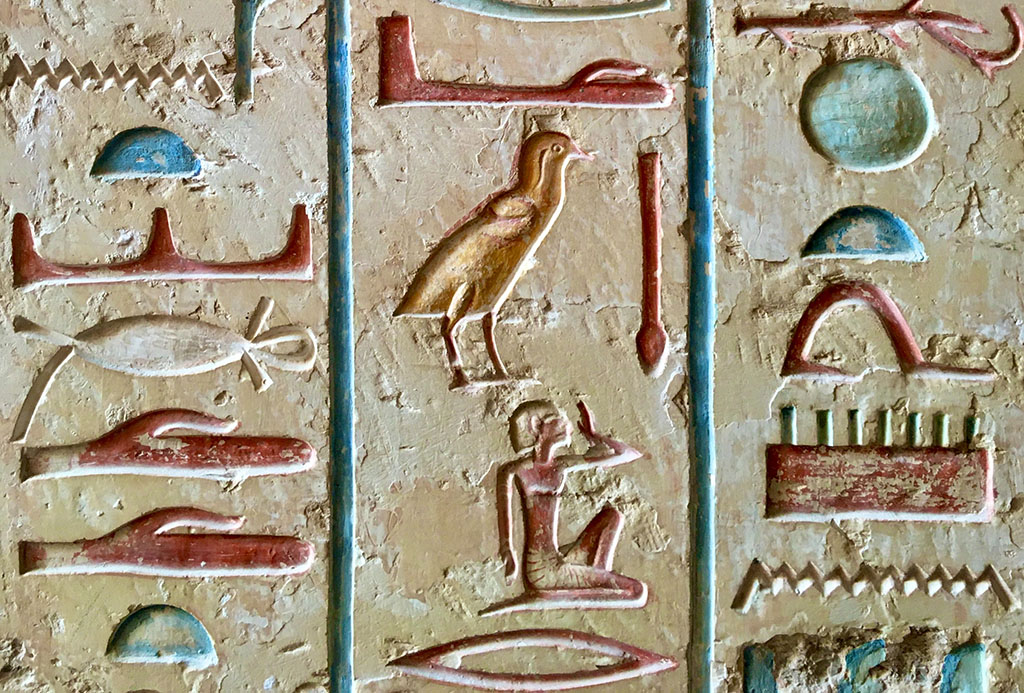What Languages Are Easiest/Hardest to Learn: An Exploration into Linguistic Complexity
From the intricate hieroglyphs of ancient Egypt to the flowing calligraphy of modern Mandarin, the art of language has always been a fascinating journey of human ingenuity and expression. For the ambitious linguaphile, however, the question often arises: what languages are easiest and hardest to learn?

Why Are Some Languages More Difficult?
A language's difficulty is largely subjective and dependent on the learner's native language and other languages they may already know. Learning a language with similar grammar rules, vocabulary, or writing system to your own could be relatively easier than a language vastly different.
Dr. Alexander Argüelles, a well-known polyglot, categorises language learning into four classes, with the first being the easiest and the fourth the hardest. Let's explore the broad strokes of this intriguing topic.
Class I: Language Next Door
According to Argüelles' classification, the easiest languages to learn for English speakers fall into Class I. These are the languages closely related to English, often within the same language family - the Germanic and Romance languages. This includes French, Spanish, Italian, Dutch, and Swedish.
Since they share a large number of cognates—words that look and sound similar and have the same meaning—with English, this aids in vocabulary acquisition. Moreover, their grammar, while distinct, shares enough similarities to not be insurmountably challenging.
Class II: Eastern Neighbours
The second class includes non-Romance and non-Germanic European languages, such as Russian, Greek, or Hungarian, and non-European languages similar to English in complexity, like Indonesian or Malay. These languages may have different grammar rules or writing systems, but they're still somewhat close to English.
Class III: Different Scripts and Structures
Argüelles' third class is where things start to heat up. Languages like Arabic, Hindi, and Japanese fall under this category. They have unfamiliar scripts, entirely different sentence structures, and sounds not present in English, making them more challenging to grasp.
Class IV: The Linguistic Mount Everest
The fourth and final class includes languages that are notoriously difficult for English speakers. This class often involves languages like Mandarin Chinese, Korean, which have complex grammar, tones, and characters or scripts vastly different from English.
Mandarin, for example, has a tonal language system where the meaning of a word changes based on the tone in which it's spoken. Arabic, on the other hand, has a rich and complex morphology, where words are formed by altering the structure of the root letters.
The Journey Is the Reward
Remember, these categorisations are just a generalisation and the difficulty varies with each individual's learning style, motivation, and language background. There's a certain joy and a sense of accomplishment that comes from tackling a new language, no matter how 'easy' or 'hard' it may be.
Additionally, the presence of learning resources and the learner's motivation can dramatically affect how difficult a language feels to learn. A motivated learner with abundant resources can successfully master a 'difficult' language, while an unmotivated learner may struggle even with 'easier' languages.
Whether you're drawn to the lilting melodies of Italian, the harmonic complexity of Chinese, or the rhythmic dance of Arabic script, remember that the pursuit of language is more than a test of memory—it's a journey into a new way of thinking and understanding our shared world. And really, there's no such thing as a 'hard' language—it's just a language you haven't conquered yet.
Leave a Reply